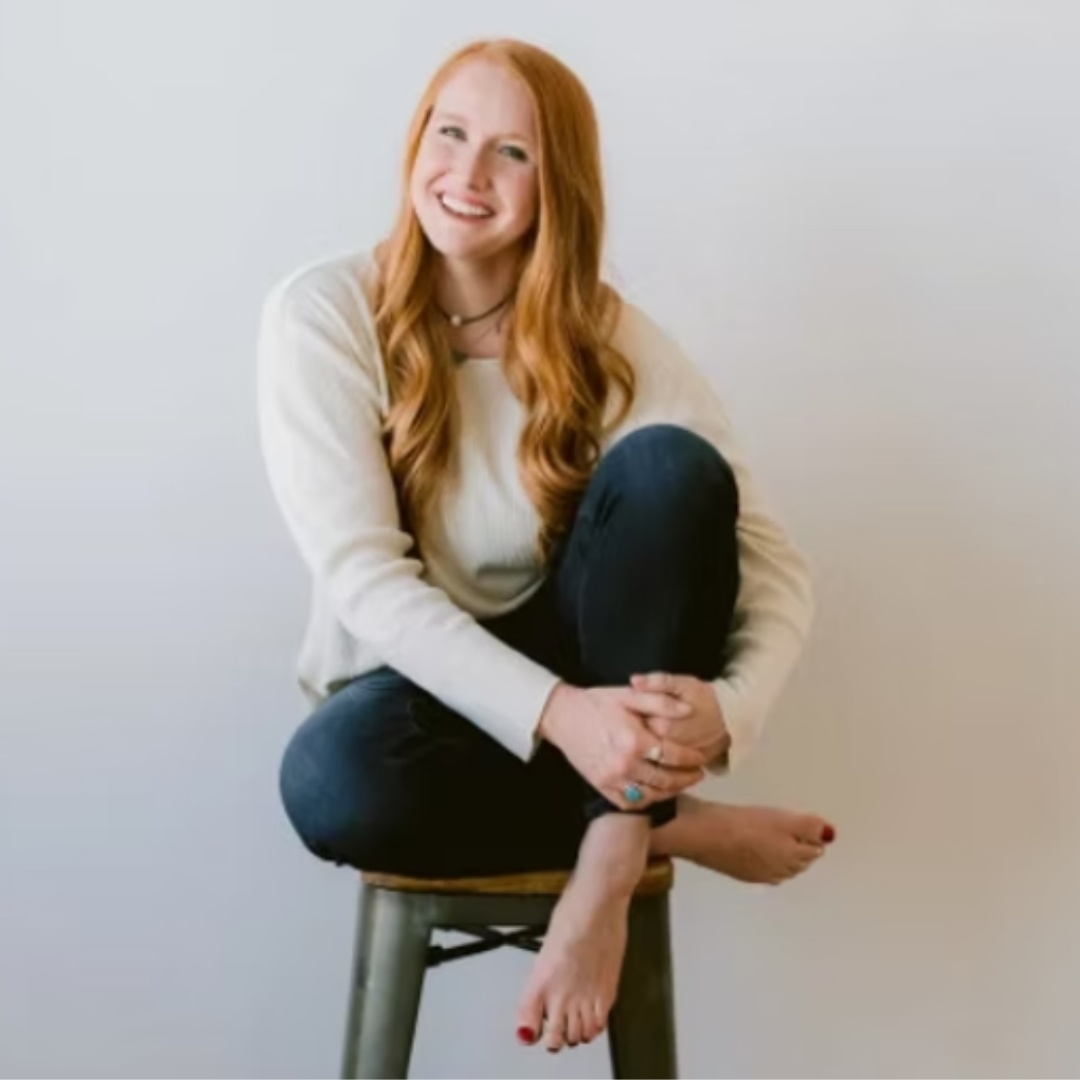Healing Anxiety and Depression Through Nervous System Regulation With Amanda Armstrong
In this episode of A Healthy Push, I’m joined by Amanda Armstrong, a mental & physical health coach and the founder of Rise As We. Amanda also hosts the Regulate and Rewire Podcast, where she shares insights from her healing journey and research-based tools for regulating the nervous system to heal anxiety and depression.
Amanda’s Journey with Anxiety, Depression and Nervous System Regulation
Amanda's battle with anxiety and depression started at age 14 when her mother became ill, and she took on the responsibility of caring for her three younger siblings. This added pressure of balancing home life and school pushed Amanda into a constant state of over-functioning and survival mode, which took a toll on her nervous system.
As Amanda’s need for achievement grew, her mental health deteriorated. Seeking traditional treatment through medication and therapy, she was frustrated that nothing seemed to bring lasting change. The turning point came when Amanda learned to view her anxiety and depression through the lens of nervous system regulation—a transformative shift that she now teaches others to embrace.
Understanding Anxiety and Depression Through the Nervous System
Amanda helps individuals heal from anxiety and depression by focusing on the nervous system. She explains that in recent years, neuroscience has revealed that 80% of the mind-body connection is rooted in the body. While some may find relief through talk therapy, for others, discussing past trauma without understanding their nervous system can worsen symptoms by reactivating the body’s stress responses.
When we don’t have the tools to regulate our nervous system, the brain and body can become stuck in a constant state of survival. This perpetuates feelings of anxiety and depression.
The Nervous System Ladder
Amanda introduces the concept of the Nervous System Ladder, which is based on polyvagal theory. Picture a ladder with three color zones:
Green Zone (Top of the ladder): When the nervous system is calm, we can rest, engage socially, and be creative. This is the parasympathetic nervous system at work.
Yellow Zone (Middle of the ladder): As stressors build up, we enter an activated state where emotions like anxiety and anger reside.
Red Zone (Bottom of the ladder): This is the shutdown state, where the nervous system collapses, often leading to feelings of depression.
Amanda explains that staying in an activated state for too long or carrying stress over time can push us into the red zone, resulting in shutdown or depression.
The Vagus Nerve and Its Role in Healing
The Vagus nerve is a crucial player in the body’s stress response. It is the longest cranial nerve, connecting the brain to nearly every major organ. Amanda explains how Vagal tone, similar to muscle tone, can be optimized through healthy actions like diet, exercise, sleep, and social engagement.
Laughing, for example, has been shown to activate the Vagus nerve, offering a simple yet powerful tool for stress regulation. Amanda goes into greater detail on the Vagus nerve in our conversation and reveals that her upcoming book, Healing Through the Vagus Nerve, will dive deeper into this topic. The book is set to release at the end of May, and you can learn more about it here!
Listen to the Full Episode
Amanda shared incredible insights and actionable tools to help heal anxiety and depression through nervous system regulation. I loved this conversation, and I know you will too! Don’t miss the full episode to hear more about Amanda’s journey and the practical steps you can take toward healing.
Connect with Amanda!
@amandaontherise
ready to stop doing it alone?
Inside my 10-week program, Panic to Peace, I’ll guide you through this work step by step and you’ll be surrounded by people who truly get it.
You don’t have to stay stuck. Healing is possible and it’s closer than you think.
Come hang out with me on Instagram → I'd love to connect with you!

